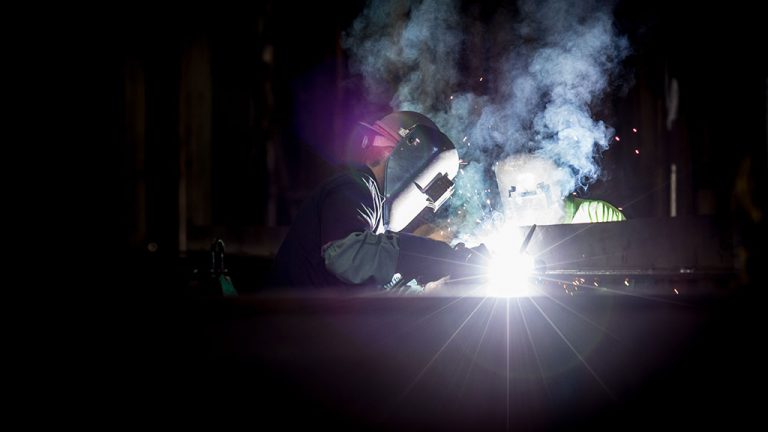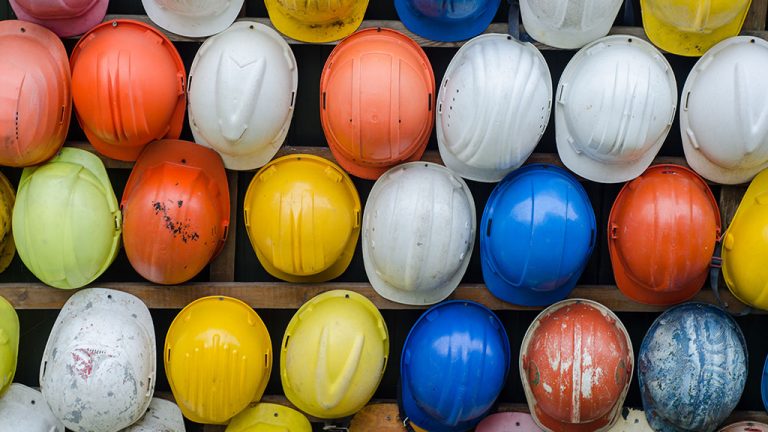Already gaining ground in the U.S. as a diagnostic tool to measure the shape and condition of underground pipes, laser profilers are beginning to find favour with Canadian contractors.
Already gaining ground in the U.S. as a diagnostic tool to measure the shape and condition of underground pipes, laser profilers are beginning to find favour with Canadian contractors.
Laser profilers cast a circular beam of laser light around the perimeter of a pipe, then measure deviations from a perfect circle to determine the location of cracks, or pipe deformations. Software tracks the laser ring to determine where deviations occur and marks their position along the pipe. The software can later generate a three-dimensional model of the pipe for further examination.
Laser profilers can be used alone or as accessories to closed circuit television (CCTV) cameras. When used along with traditional CCTV cameras, the camera inspection is performed on the way into the pipe. On the way out, the camera’s lights are shut off to record the laser profile.
While the devices are being used in some Ontario applications, the Florida Department of Transportation has specified since 2006 that all pipe projects with diameters from 8 to 48 inches (20 to 120 centimetres) must be verified for ovality by a laser profiler before the contract can be handed over. The Arizona Department of Transportation requires 10 per cent of jobs to be similarly scanned.
PipeFlo Contracting Corp. of Hamilton owns one of the province’s first large pipe laser profiling units, capable of scanning pipes from about 30 centimetres to three metres in diameter.
The unit was purchased from CleanFlow Systems of New Zealand.
“We’ve had the unit for maybe four or five months, but we’ve already used it for contracts in Hamilton and Ottawa,” says Bruce Noble, President of PipeFlo. “We’re probably the only contractor in the province that can profile big pipes.”
Noble says that the technology is becoming more relevant as more and more flexible pipe is used in infrastructure projects.
“Polyethylene and PVC pipe can distort after backfill and we can go over that pipe before it’s put into service,” he says. “That’s what’s driving the demand for us. People are saying, ‘prove to me that the pipe hasn’t squashed on us.’”
Noble says that distortion in traditional CCTV camera images makes it difficult to determine whether or not the pipe being inspected is actually circular.
“If I showed you a video looking down the tube taken with a CCTV camera, it’s going to look oval regardless of where you scan it,” he says.
“How do you separate that from an actual problem with the pipe? We provided laser profiling for a job in Ottawa where a contract allowed three per cent ovality.
“The contractor felt the job was completed to spec, but there was no way of determining the ovality to that tolerance, so the city and the contractor together decided to have us provide a laser profile.”
The technology isn’t widely used in Ontario because customers haven’t yet been sold on its advantages, says Frank Zechner, Executive Director of the Ontario Sewer and Watermain Construction Association.
“Most municipalities still ask for CCTV camera inspections,” he says. “The laser profiler is interesting technology, but because it’s an added expense, it will sell itself on a wider basis only if it proves it can provide a great deal more information that we’re not getting through traditional cameras.”
Noble likens the use of laser profilers to the early days of trenchless technology.
“Many clients just didn’t have a clue about it until they saw what it offered. We’ll see a lot more of laser profiling in the future,” he says.










Recent Comments
comments for this post are closed